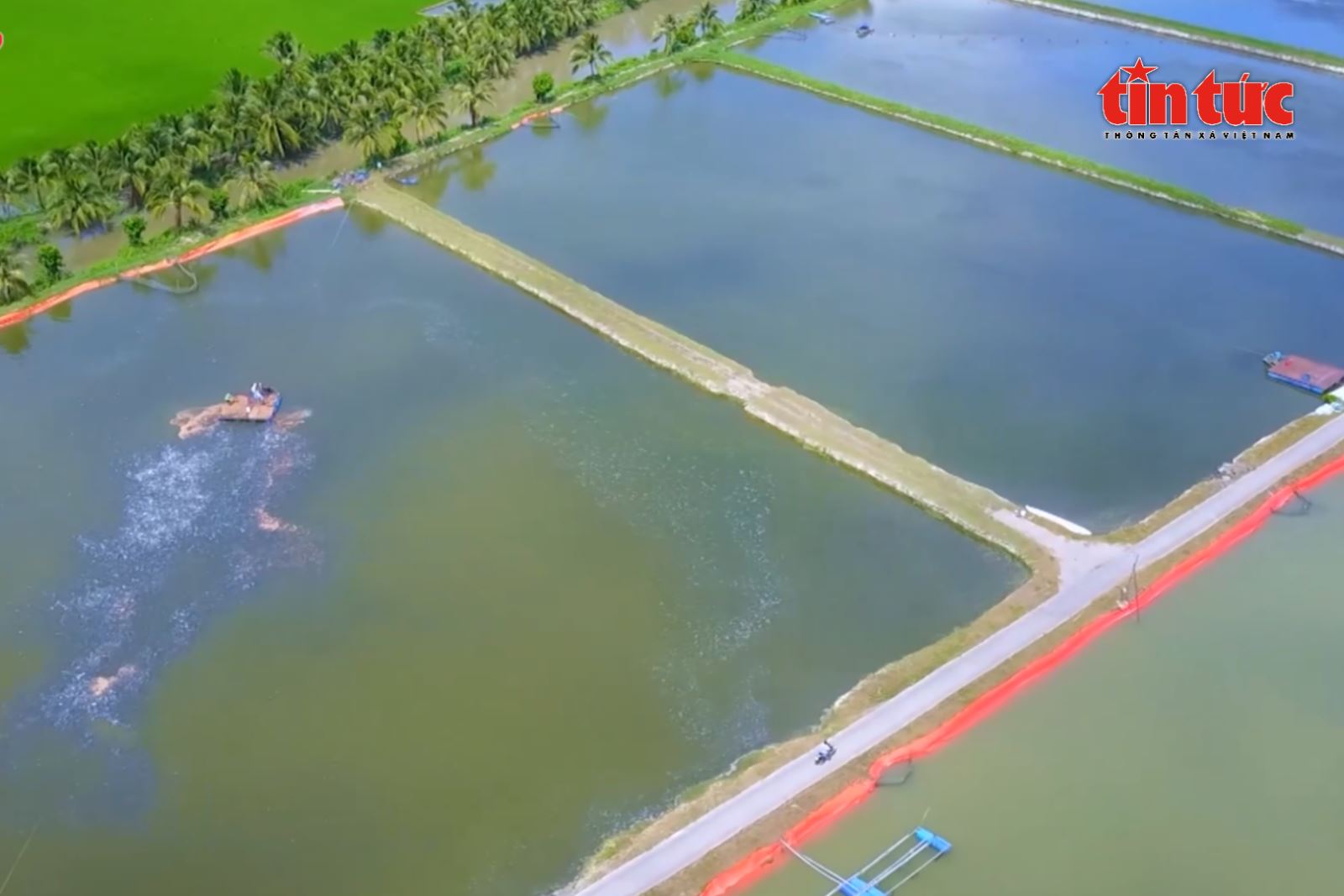
On the morning of October 17, at the forum "Science, technology, digital transformation in management and operation of irrigation works in accordance with Resolution 57", Mr. Vu Minh Viet, Deputy Editor-in-Chief of Agriculture and Environment Newspaper (NN&MT) emphasized: "Resolution 57-NQ/TW of the Politburo clearly identifies the development of irrigation in a modern, effective, sustainable direction, associated with restructuring the agricultural sector and ensuring water security as a strategic goal. Science, technology and digital transformation are the 'keys' to breakthroughs, helping to improve the capacity to forecast, operate, monitor and provide irrigation services more intelligently, promptly and effectively".
According to Mr. Viet, the irrigation industry has made significant progress in recent times. The project monitoring and management system is integrated with sensors and real-time data connection, thereby improving management efficiency, saving costs, human resources and operating time. Hydrological and hydraulic simulation and forecasting technology has supported water resource regulation planning and early warning of saltwater intrusion, especially effective in large river basins such as the Mekong Delta or Vu Gia - Thu Bon.
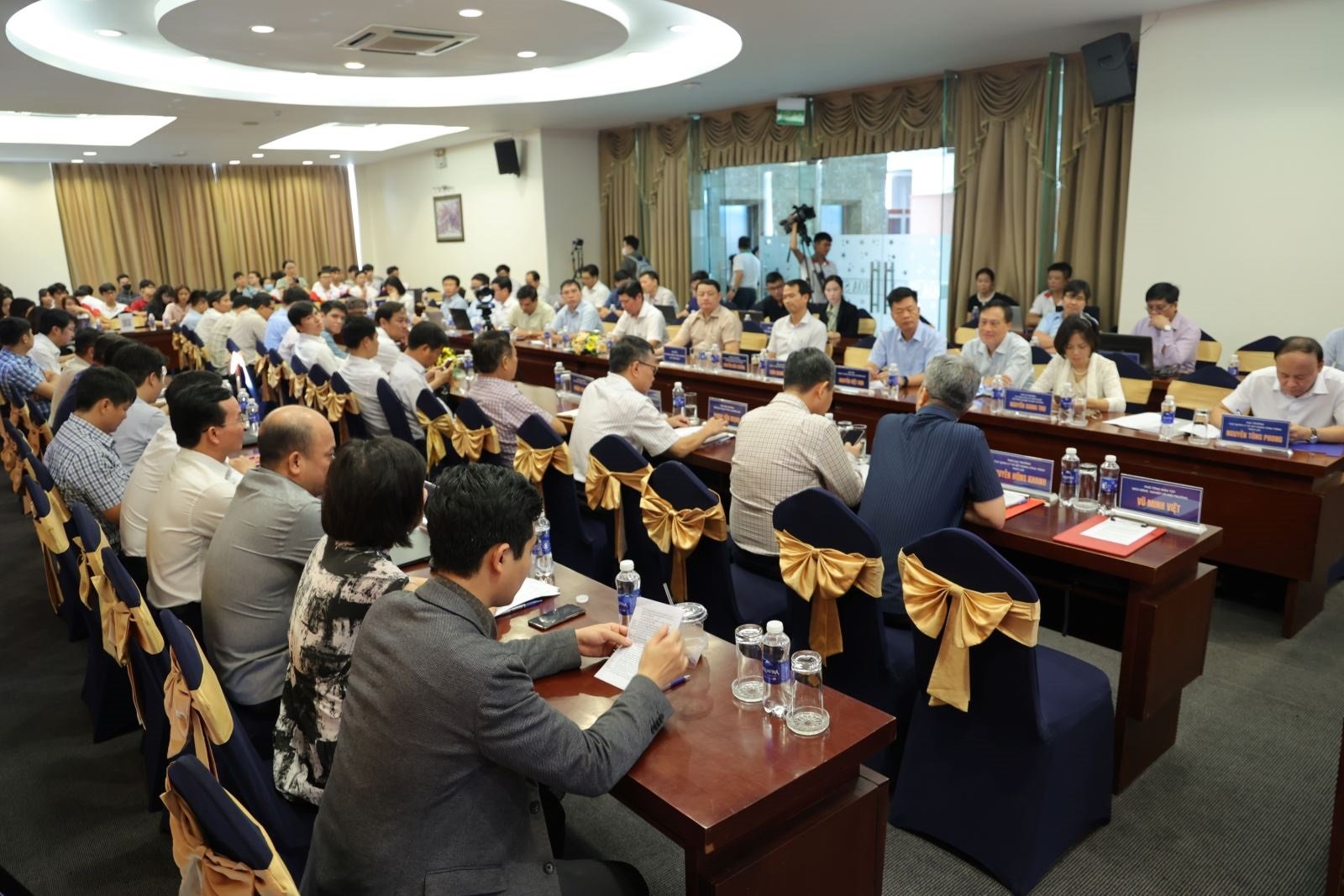
In addition, testing artificial intelligence (AI) and big data in automatically collecting, analyzing and standardizing water source data has contributed to building a shared inter-regional and inter-sectoral database. Digital platforms providing smart irrigation services to people and businesses such as water supply registration, flow and water quality monitoring are also being deployed, opening up a modern, transparent and user-friendly governance model.
Sharing at the forum, Mr. Nguyen Manh Hung, Head of Operation and Irrigation Management Department, Department of Irrigation Construction and Management, also said that digital transformation is a key driving force to help the irrigation industry develop sustainably, safely and adapt to climate change.
According to Mr. Hung, the application of information technology has helped to form periodic water source and water quality forecast bulletins, supporting localities to proactively plan irrigation, reduce the risk of drought and saltwater intrusion. This is the spirit of Resolution 57, considering science, technology and innovation as the top important breakthroughs to improve governance capacity and socio-economic development.
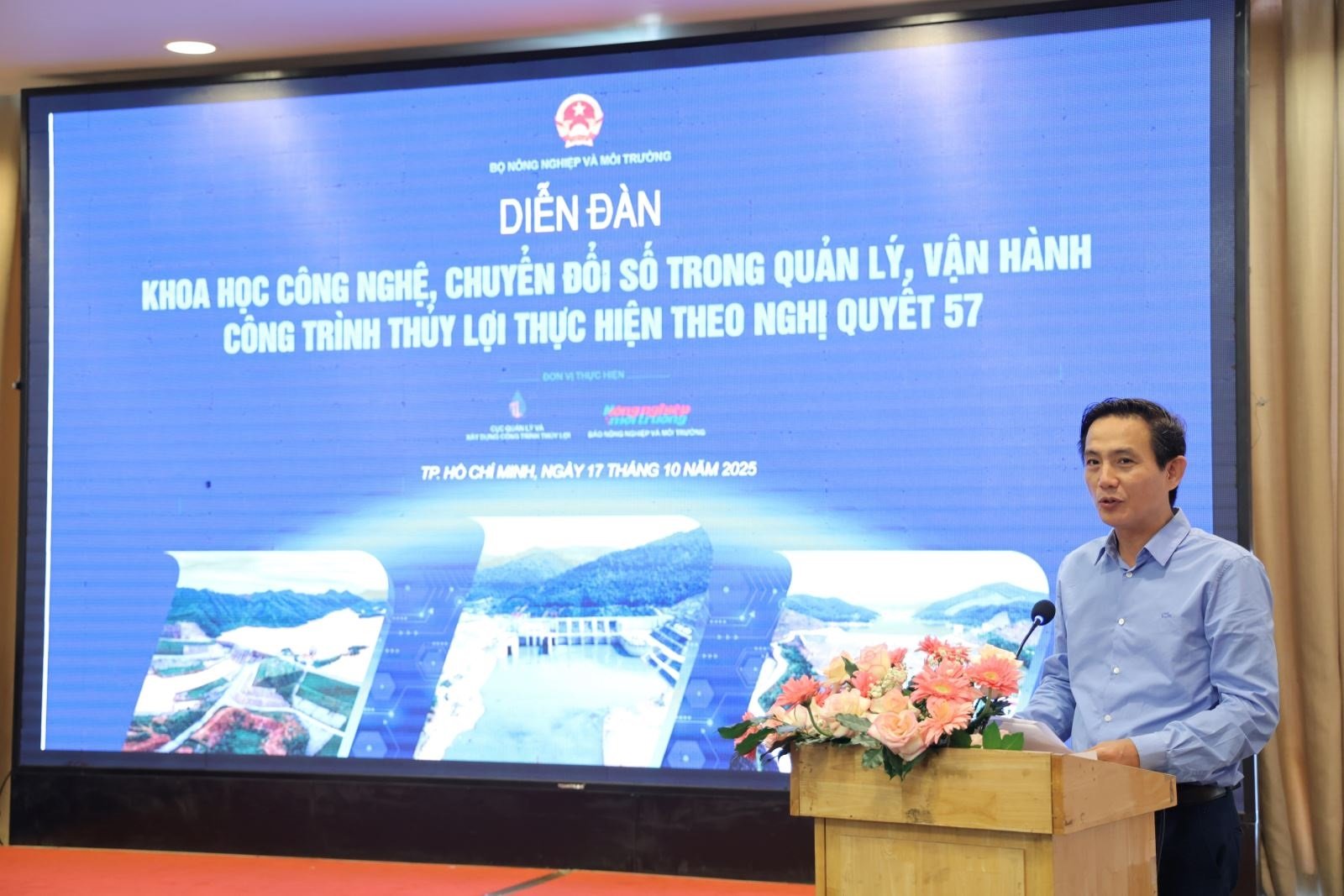
However, many irrigation works are still operated manually, data is scattered, lacks synchronization and is not connected in real time. To overcome this, the Ministry of Agriculture and Environment issued Decision No. 3978/QD-BNNMT dated September 26, 2025, approving the plan to develop the Vietnam Irrigation Information System (VN-WIS) - a shared data platform, unified digitalization, and interconnection across the industry.
VN-WIS integrates modern technologies such as AI, IoT, Big Data, GIS and Digital Twin towards building a digital irrigation ecosystem with the criteria of "correct - sufficient - clean - alive - unified - shared". This system allows updating meteorological data, rain, tide, salinity, reservoir capacity, and simultaneously operates forecasting models, supports decision making and real-time monitoring.
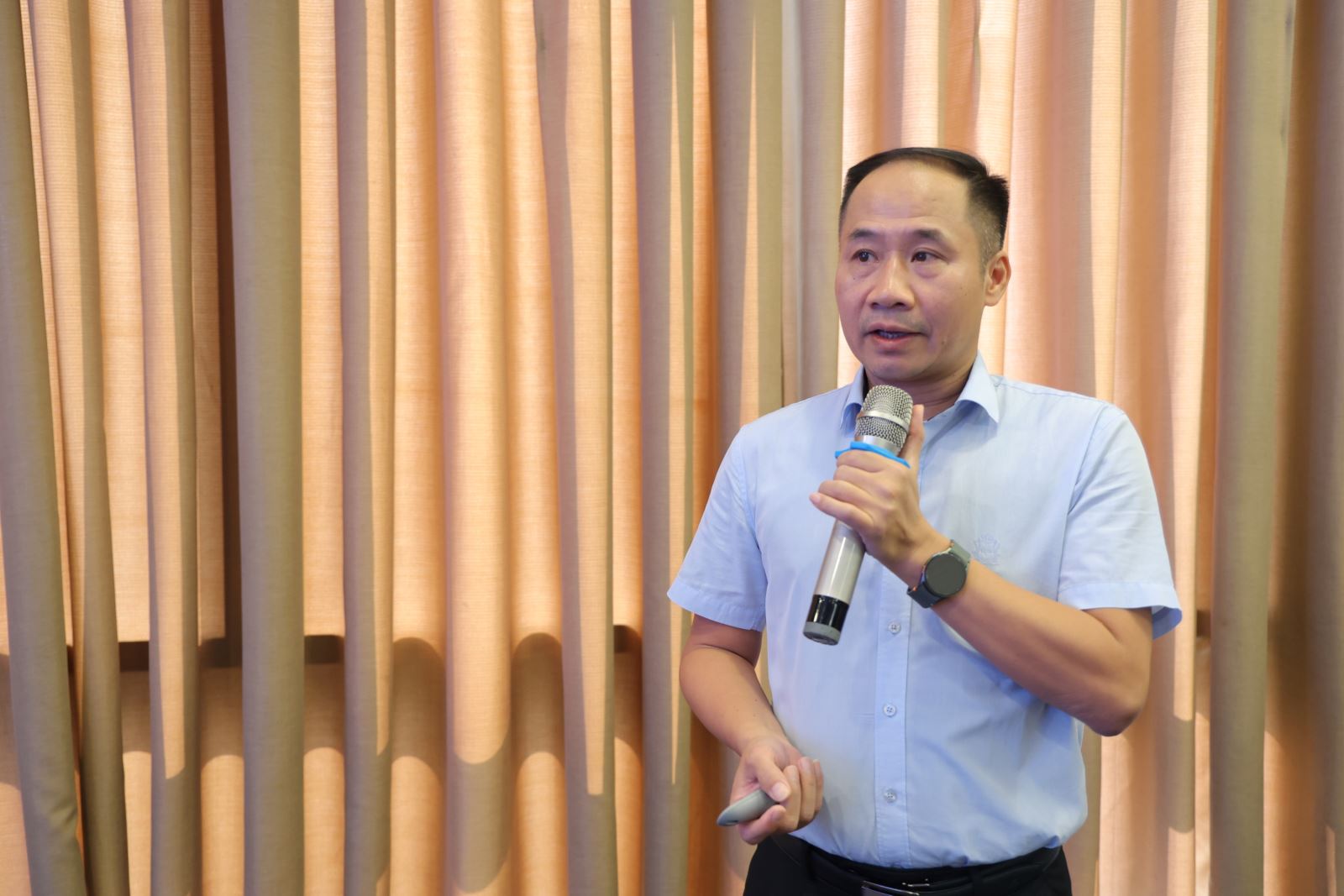
Notably, the Department of Irrigation Works Management and Construction is promoting public-private cooperation, mobilizing businesses, research institutes and international organizations such as FAO, WB, JICA to participate in research, technology transfer, and digital skills training for the operating team, towards a modern, transparent and sustainable irrigation industry in the digital age.
According to Dr. Le Ngoc Hieu, Southern Institute of Water Resources Research, putting warning information on digital platforms since 2020 is a positive step, helping to minimize damage to agricultural production through reasonable crop arrangement and providing information for management. Seasonal forecasting is considered a key factor, helping to determine the time of salinity and fresh water. In February - March, when the tide peaks, salinity intrusion makes water sources unusable.
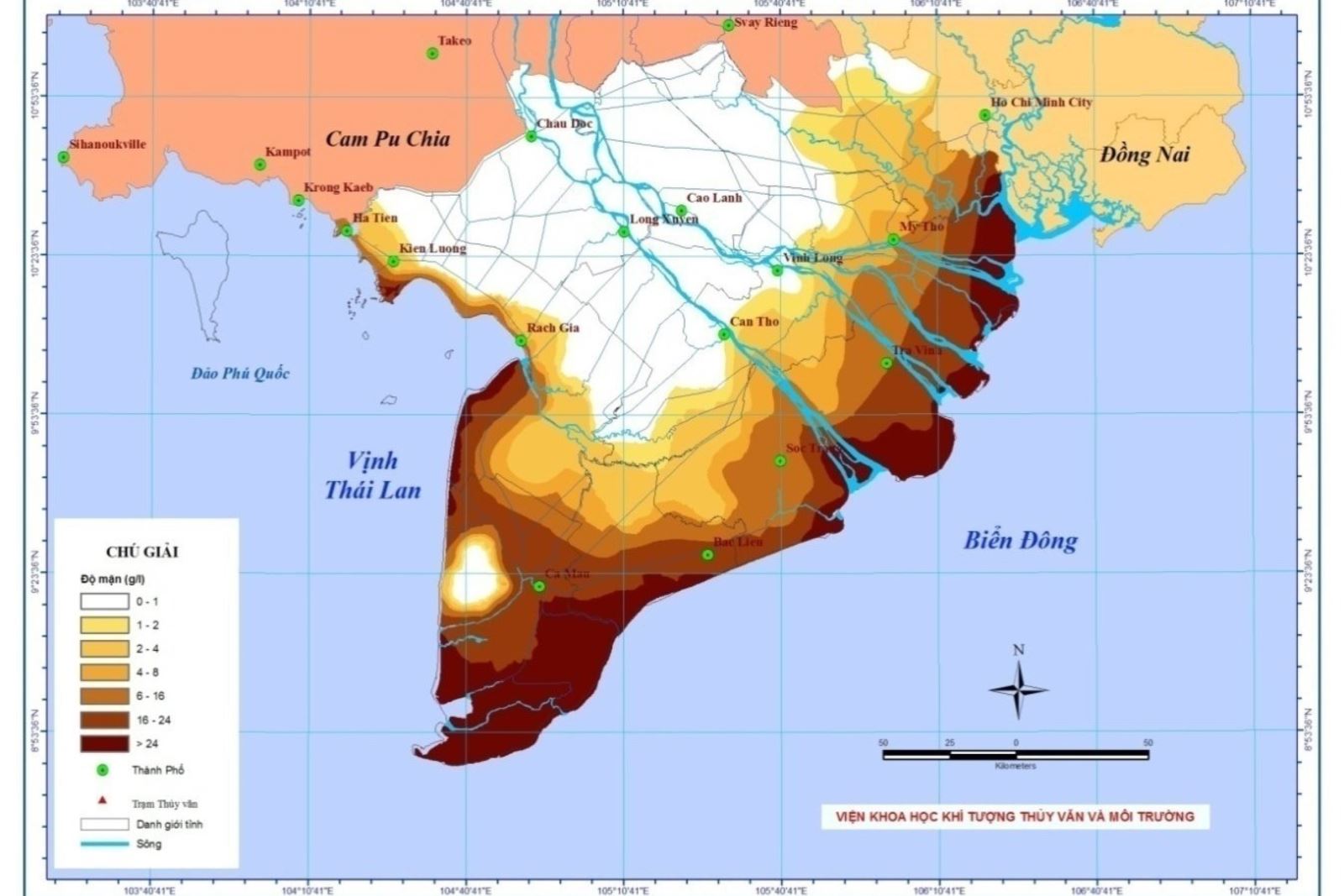
By applying a modern communication mechanism via the app, the Institute's system has supported the two-level government to look up salinity risks and salinity intrusion boundaries in real time, while updating the location and scale of irrigation works in the Mekong Delta. Aiming to improve forecast accuracy, the research team has developed an AI model for the upstream region, providing results in seconds, running many operating scenarios quickly, self-learning cause-effect relationships and intelligently adapting to new data.
Mr. Hieu affirmed: “The long-term goal is to build a forecasting model suitable for the flooding characteristics of the Mekong Delta, meeting the requirements of proactive adaptation in the context of climate change. Applying "deep learning" to improve the accuracy of forecasting upstream floods and short-term saline intrusion not only has high scientific and practical value but is also in line with the spirit of Resolution 57.”
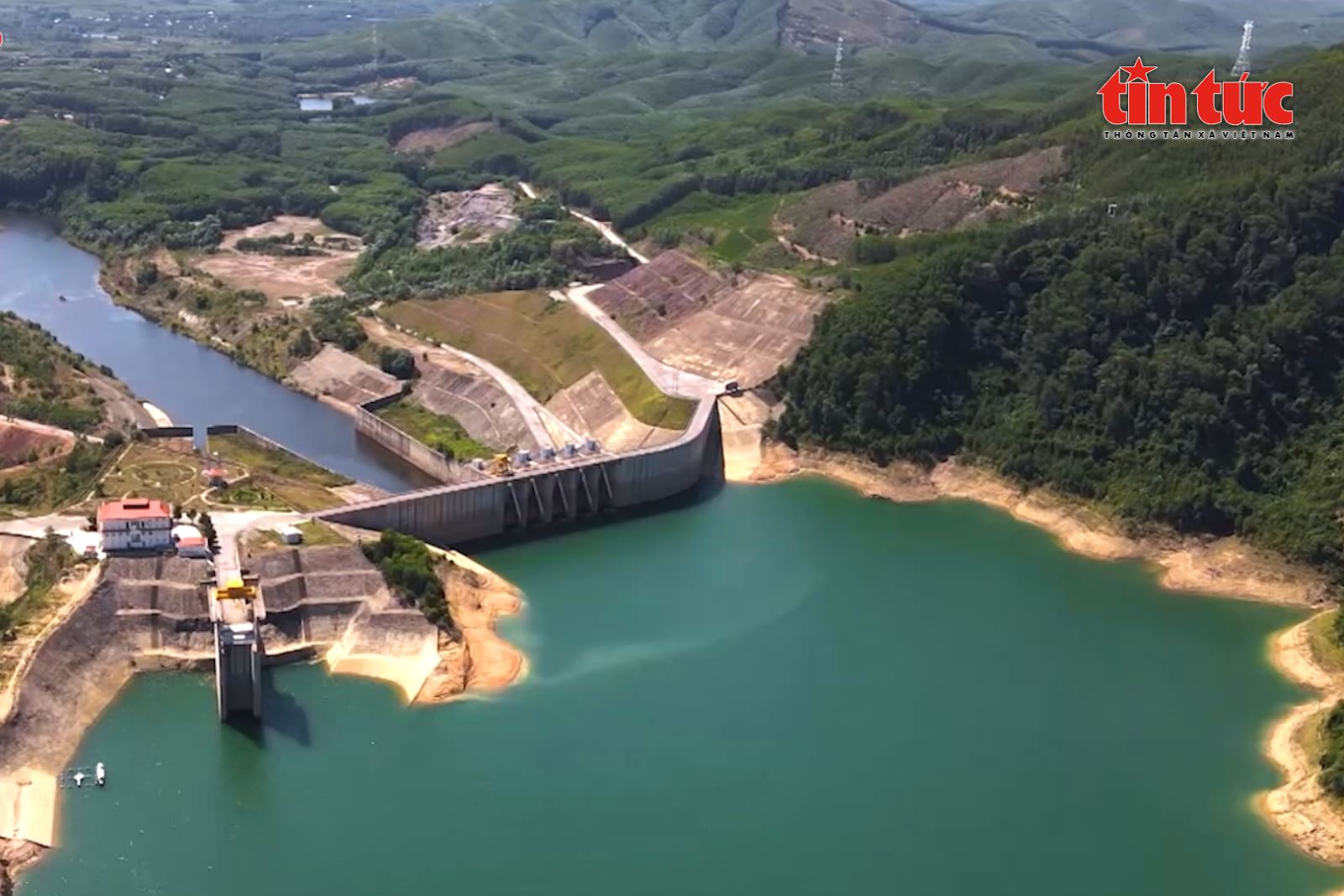
Ms. Ho Thi Ngoc Giau, representative of RYNAN Technologies Vietnam Joint Stock Company, shared about technology solutions for agriculture adapting to climate change: "Smart network for monitoring water resources, salinity intrusion and weather for farming".
The AIoT smart water quality monitoring system introduced by RYNAN is capable of automatically measuring many environmental indicators such as salinity, pH, alkalinity, water level, turbidity, and dissolved oxygen concentration. Data is updated every 15 minutes and transmitted to the data center for processing, analysis, and then visualized on the central management software and RYNAN Mekong application, helping people and management agencies monitor water resources transparently and promptly.
The devices are designed to be compact, flexible, and resistant to harsh conditions. They can be installed on river banks, bridges, or canals without the need for a solid base station, reducing costs and deployment time. The integrated AI chip allows for on-site data analysis, automatically detecting abnormalities and providing immediate warnings when indicators exceed thresholds.
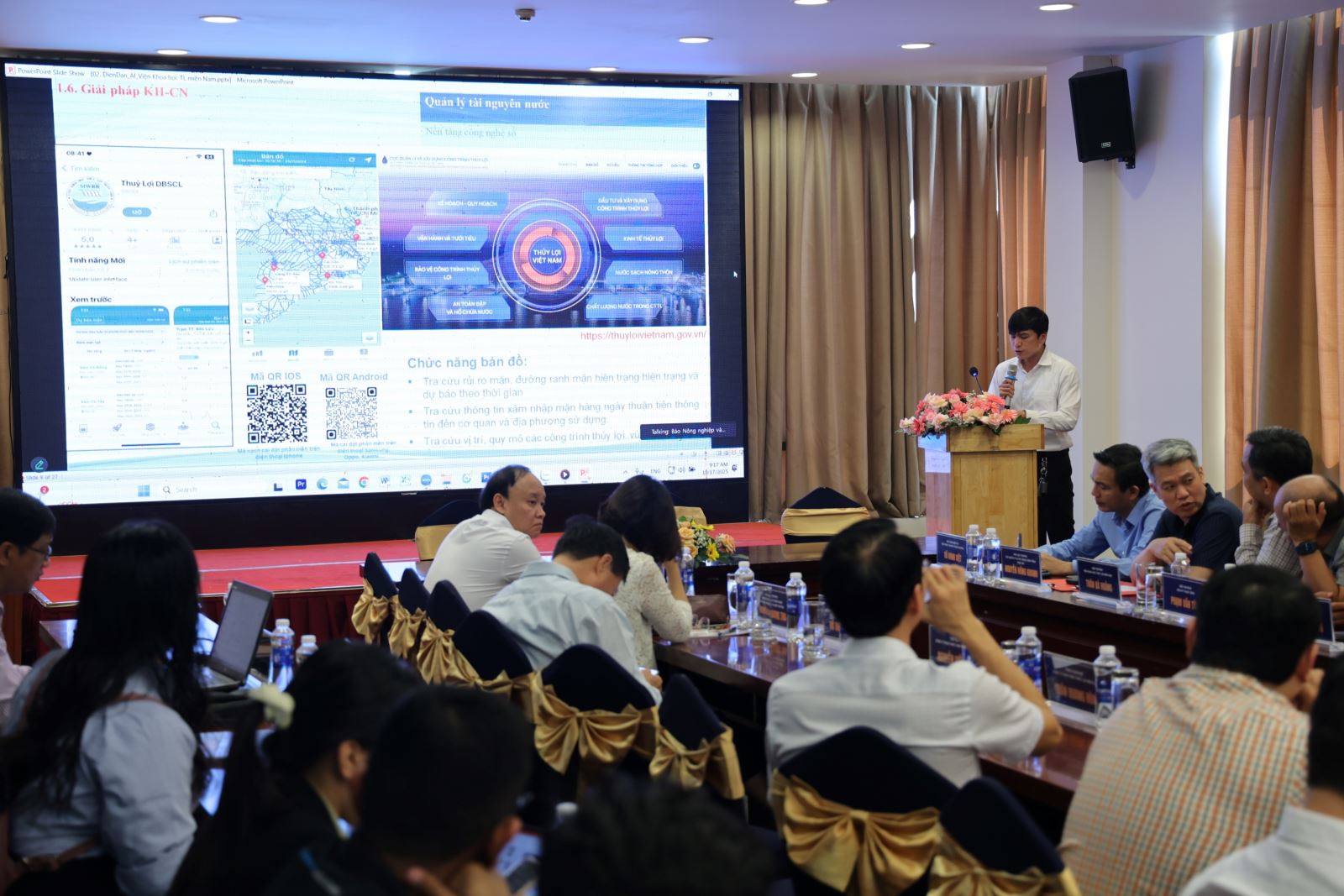
Assoc. Prof. Dr. Trieu Anh Ngoc, representative of the Water Resources University Branch, said: “This tool is expected to open up breakthrough opportunities for the water resources industry in Vietnam.” A prominent solution is an inter-sectoral database system based on the “distributed platform - data mesh” model, allowing units, localities and sectors to connect and share data flexibly, securely and scalably.
On this platform, Big Data and AI/ML applications help process large volumes of hydrological and meteorological data, automate collection, standardization, analysis and forecasting of water resources. The AI Gent module with 5 levels of use plays the role of an “intelligent assistant”, supporting users in retrieving information, monitoring fluctuations and proposing optimal management scenarios.
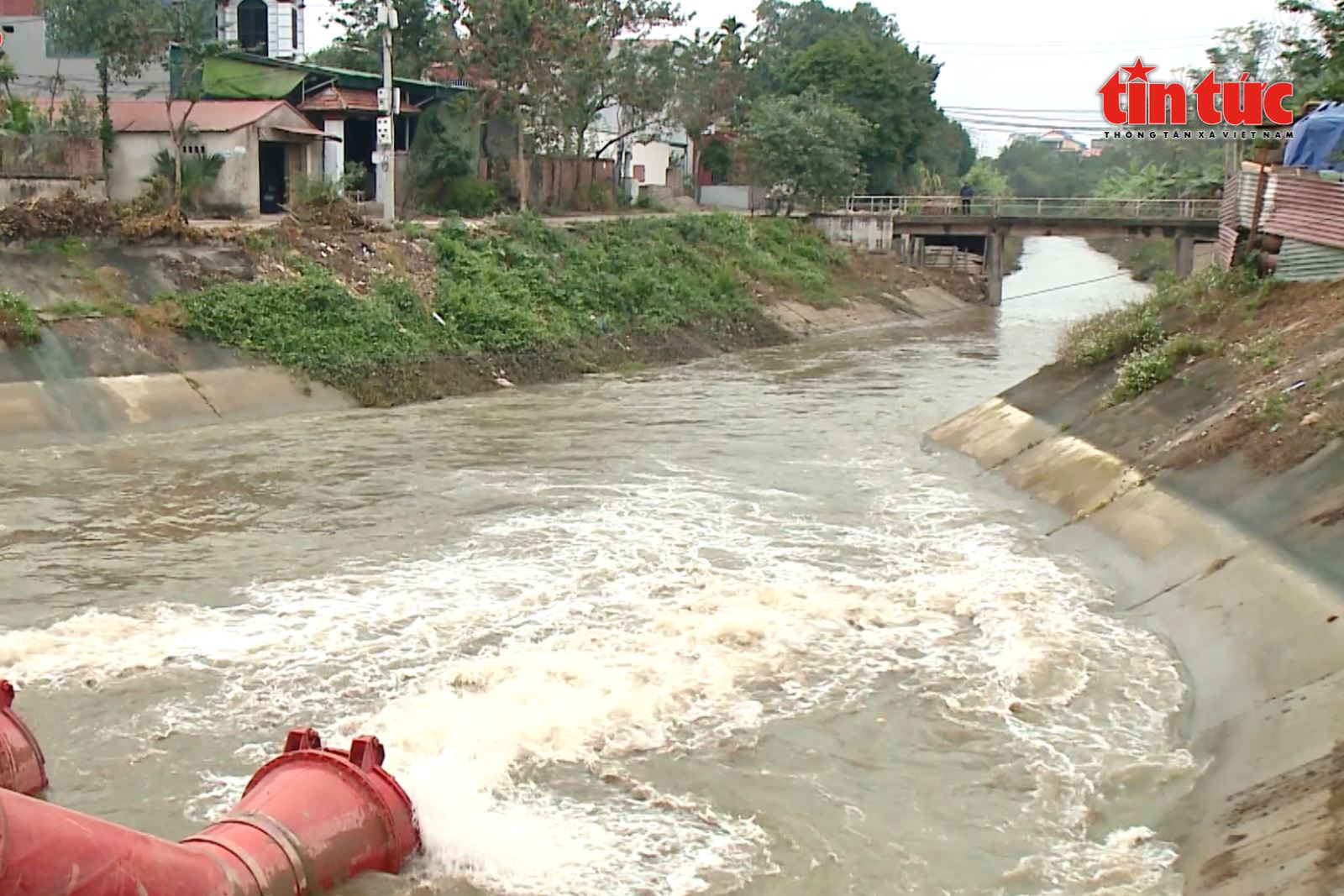
The system also integrates an open platform and blockchain, facilitating cross-sectoral data sharing, enhancing transparency, enhancing forecasting and supporting effective and sustainable decision-making in the context of national digital transformation.
The presentations at the forum focused on prominent issues such as: innovation and creativity in directing and operating irrigation works in the digital era; applying technology in forecasting water resources and saltwater intrusion; developing a smart monitoring network to support climate change adaptation farming; and AI tools to automatically collect and standardize data to build a shared database.
The forum is expected to be an opportunity to connect managers, scientists, businesses and localities, share experiences and propose advanced technological solutions, contributing to improving efficiency, transparency and sustainability in the management and operation of national irrigation works.
Source: https://baotintuc.vn/khoa-hoc-cong-nghe/ung-dung-ai-du-lieu-lon-va-blockchain-trong-quan-ly-cong-trinh-thuy-loi-20251017113641917.htm












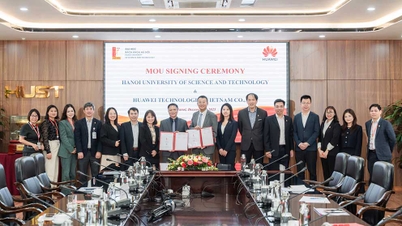




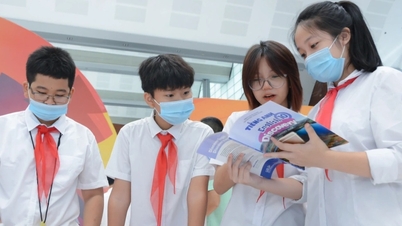

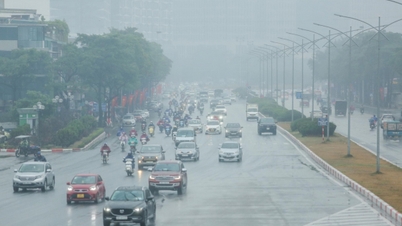


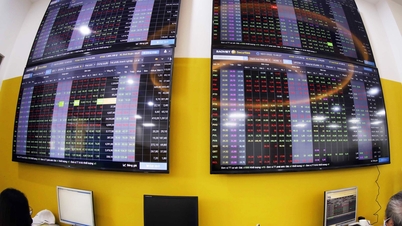


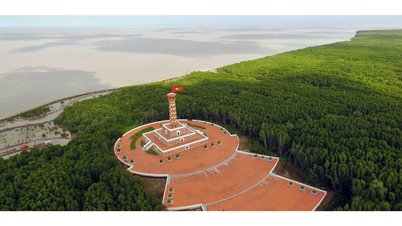
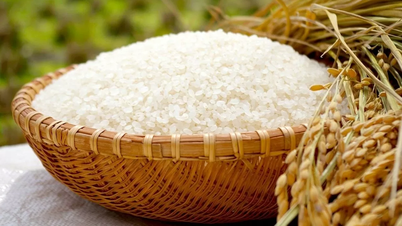




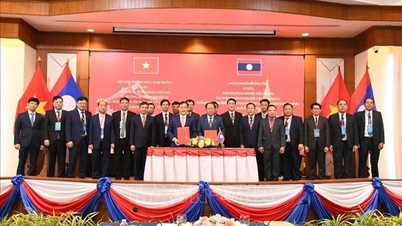

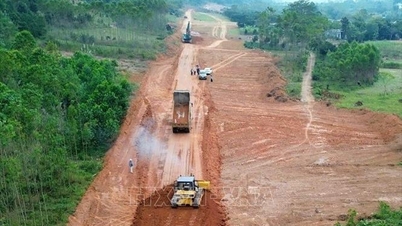
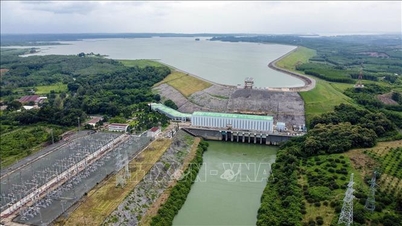
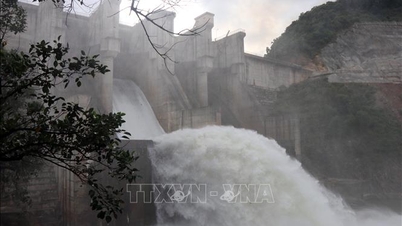
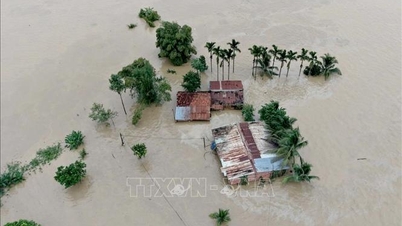
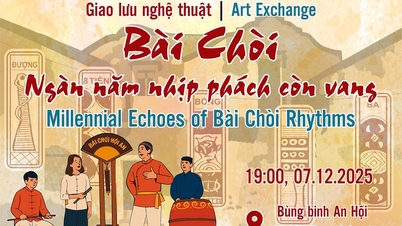




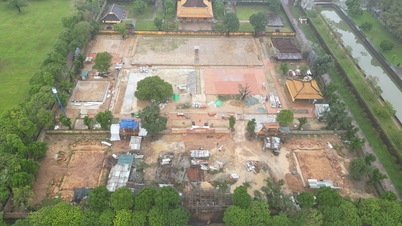






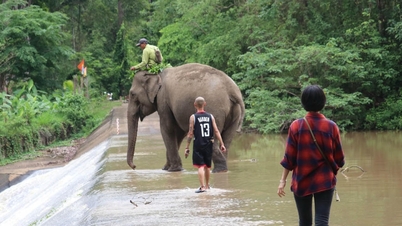

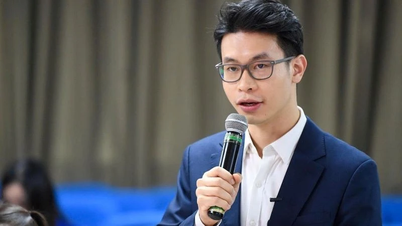

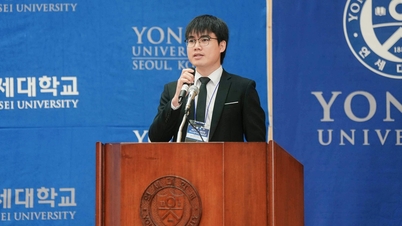
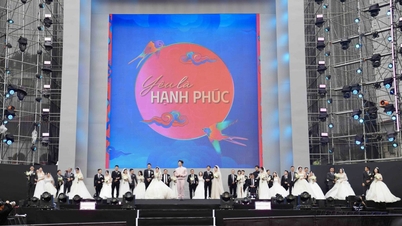


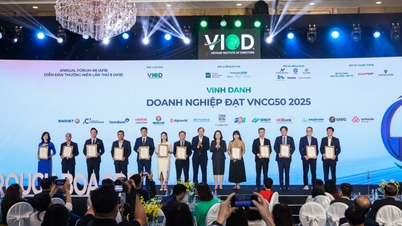

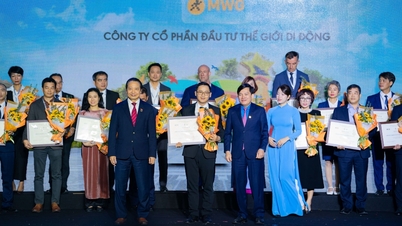
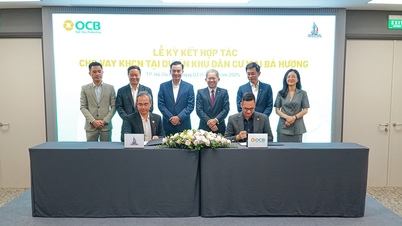






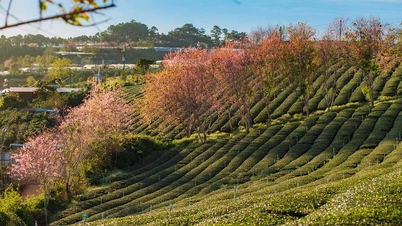



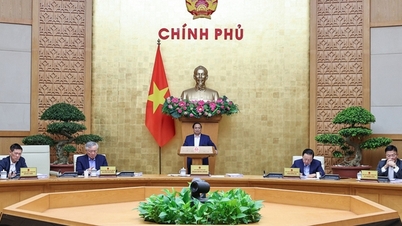


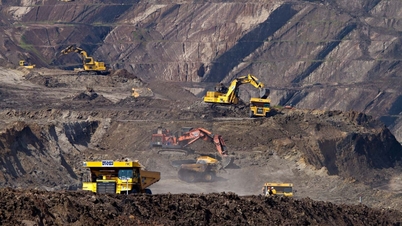

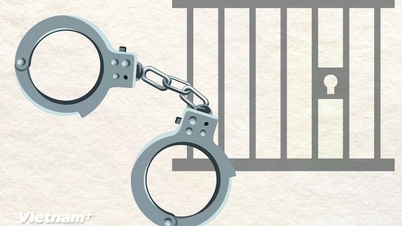

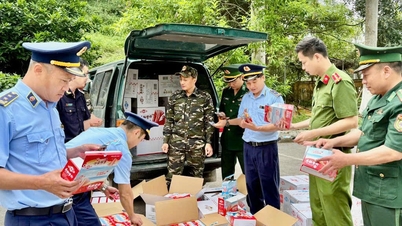
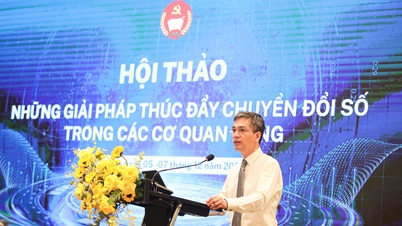
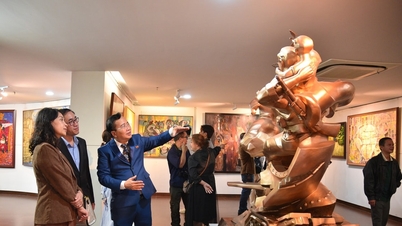


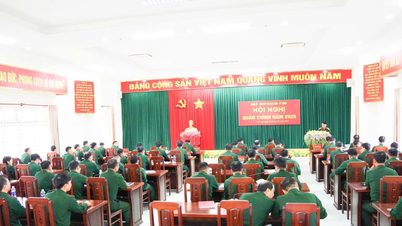

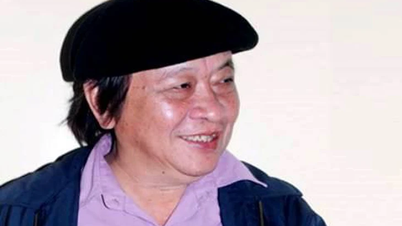

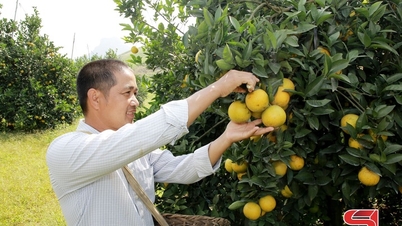

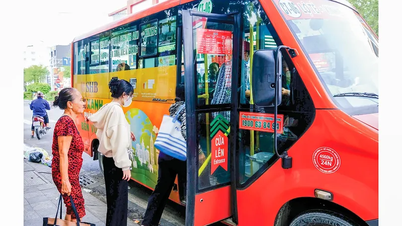










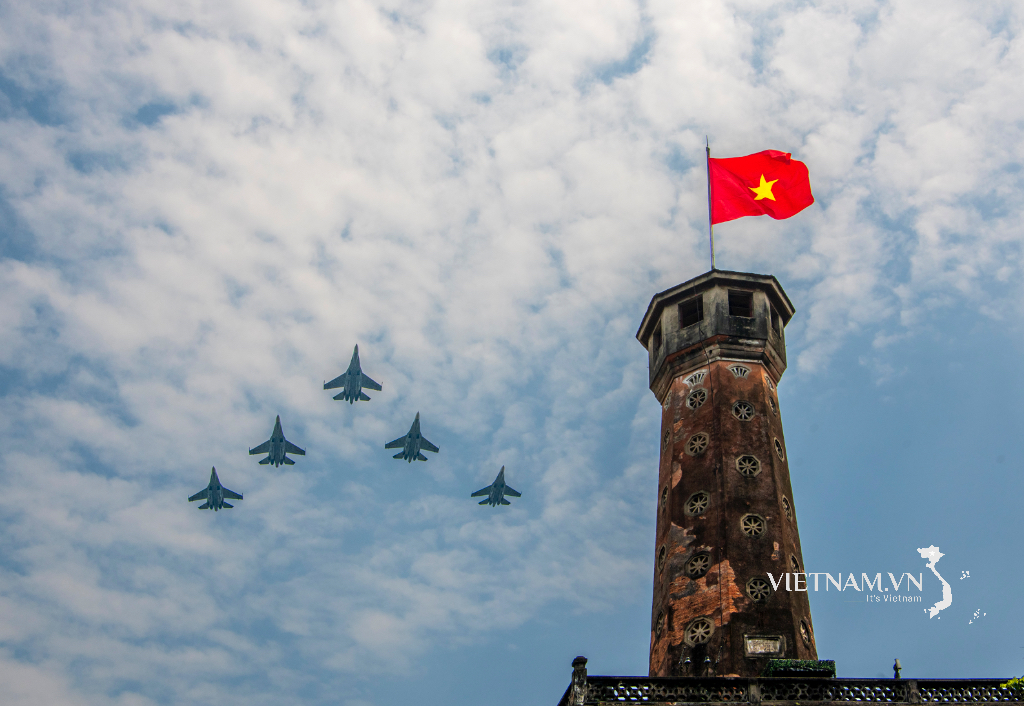







Comment (0)